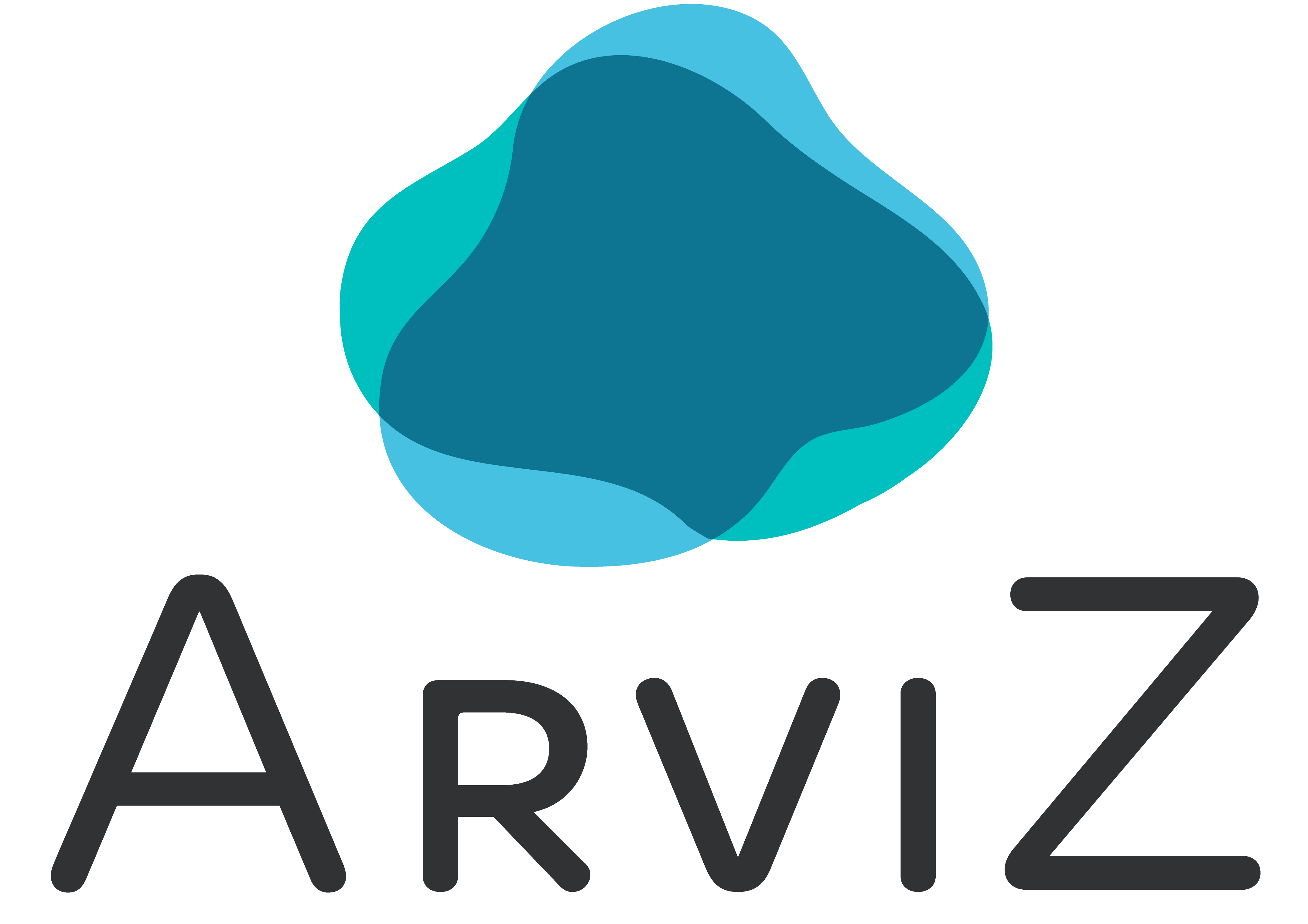Documentation#
How to build the documentation locally#
Similarly to testing, there are also tox jobs that take care of building the right environment and running the required commands to build the documentation.
In general the process should follow these three steps in this order:
tox -e cleandocs
tox -e docs
tox -e viewdocs
These commands will respectively:
Delete all intermediate sphinx files that were generated during the build process
Run
sphinx-buildcommand to parse and render the library documentationOpen the documentation homepage on the default browser with
python -m webbrowser
The only required step however is the middle one. In general sphinx uses the intermediate files only if it detects it hasn’t been modified, so when iterating quickly it is recommended to skip the clean step in order to achieve faster builds. Moreover, if the documentation page is already open on the browser, there is no need for the viewdocs job because the documentation is always rendered on the same path; refreshing the page from the browser is enough.
About arviz-plots documentation#
Documentation for arviz-plots is written in both rST and MyST (which can be used from jupyter notebooks too) and rendered with Sphinx. Docstrings follow the numpydoc style guide.
